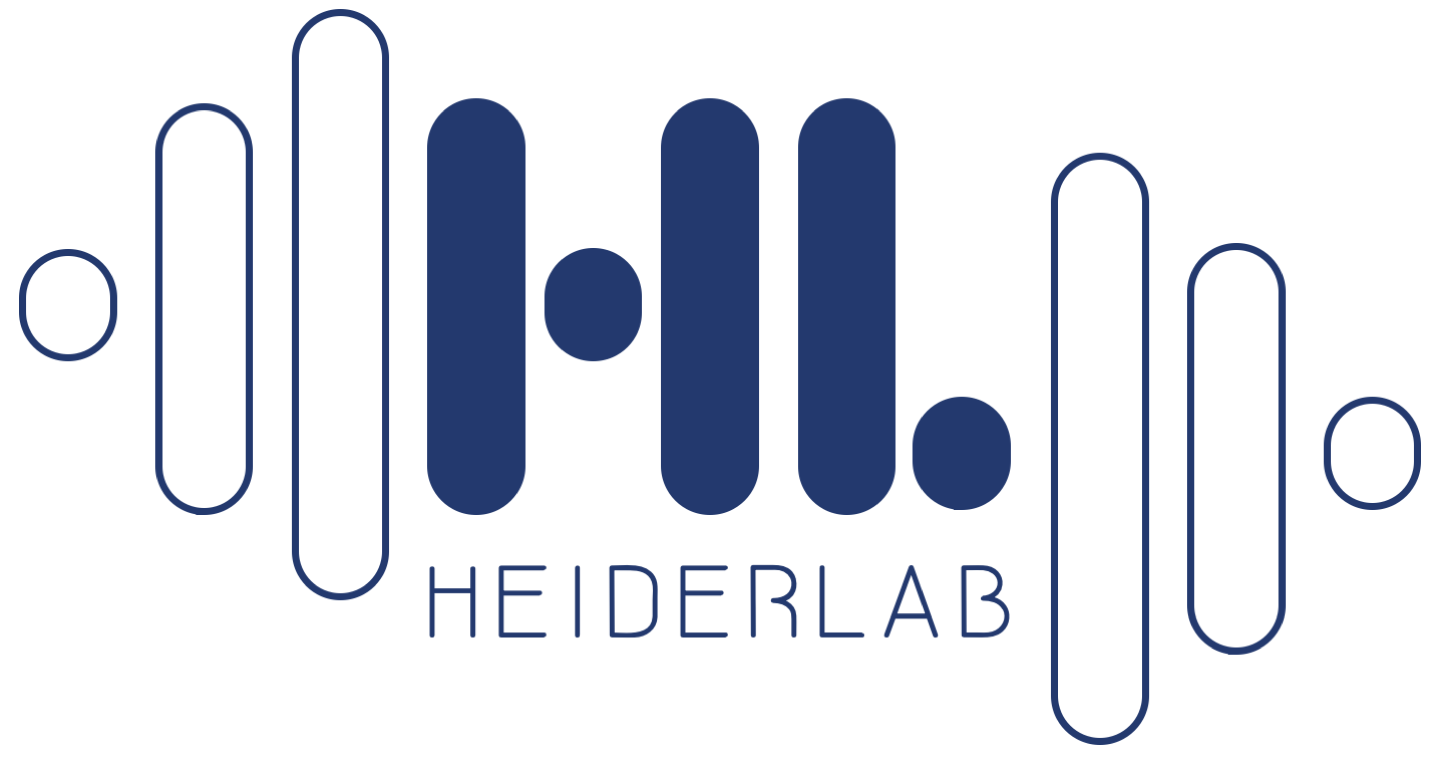New project is funded!
Our project Deep-iAMR: Identification of new antimicrobial resistance targets by high-throughput deep learning has just been granted by the BMBF (031L0209B).
The partner in the project is the University of Gießen.
Abstract
According to the World Health Organization (WHO), antibiotic resistance is one of the biggest threats to global health, food security, and development today. Antimicrobial resistance (AMR) threatens the effective prevention and treatment of an ever-increasing range of infections caused by bacteria, parasites, and fungi. The presence of clinically relevant AMR has steeply increased world-wide, resulting in expensive, difficult-to-treat infections in humans. While there are some new antibiotics in development, none of them are expected to be effective against the most dangerous forms of antibiotic-resistant bacteria. For instance, resistance in Escherichia coli to one of the most widely used medicines for the treatment of urinary tract infections (fluoroquinolone antibiotics) is very widespread. There are countries in many parts of the world where this treatment is now ineffective in more than half of patients.
Even though microbial genome sequencing is well-established as a routine method in many research groups and clinical settings, AMR analysis focuses on the sole identification of already known AMR genes. While this approach provides valuable indicators for AMR, it nevertheless completely neglects the impact of other components that are relevant for the determination of resistance levels and virulence trait scores reflecting the individual risk potential. Moreover, most techniques aimed at detecting multi-drug resistance (MDR) are directed toward mutations, i.e., Single Nucleotide Variations (SNVs), linked to high-level resistance. Thus, it is of utmost importance to gain deeper insights into AMR mechanisms, including a more detailed picture of all
involved genetic elements (e.g., transport systems, small RNAs) and gene regulatory processes to obtain information on tolerance mutations as pre-resistance markers.
The project aims at using deep learning approaches for modeling AMR to achieve faster and better diagnostics, enhance surveillance, and explore the role of genetic bacterial determinants of treatment failures beyond classical well-studied resistance genes. The high dimensionality of the data required for genotype-phenotype predictions tends to hinder generalizations and challenges the scalability of most learning algorithms. It is, therefore, the aim of this project to combine various Omics data sets together with clinical and phenotypic information available for a large well-characterized set of multi-drug resistant Escherichia coli isolates and use them for training Deep Neural Networks (DNNs). We will explore whole genome sequencing data to detect minority populations within patients to obtain a holistic view of genome-based diversity. In the course of this project, this set of input data will be extended by higher-level information from detailed feature annotations that will be generated by automated bioinformatics analysis pipelines. Ultimately, it is our goal to use the DNNs for sophisticated prediction and classification of AMR mechanisms and patterns for newly sequenced genomes. In addition, we will extract relevant elements from the DNNs and validate whether they indicate potentially new targets for AMR.


